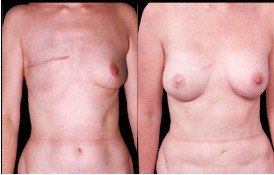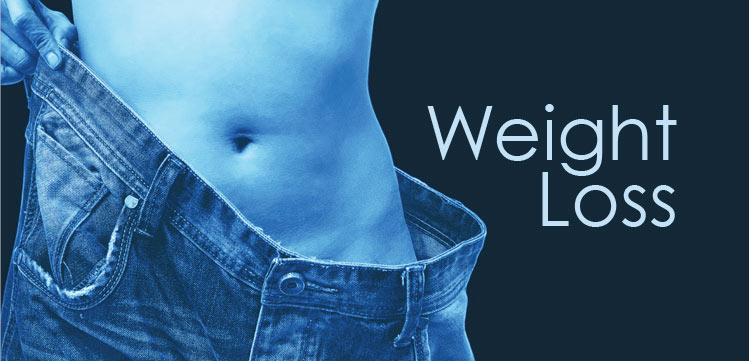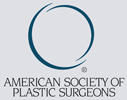Breast Reconstruction

Breast reconstruction is a physically and emotionally rewarding procedure for a woman who has lost a breast due to cancer or other conditions. Breast reconstruction is achieved through several plastic surgery techniques that attempt to restore a breast to near normal shape, appearance and size following mastectomy.
The creation of a new breast can dramatically improve your self-image, self-confidence and quality of life. Although surgery can give you a relatively natural-looking breast, a reconstructed breast will never look or feel exactly the same as the breast that was removed.
Although breast reconstruction can rebuild your breast, the results are highly variable:
- A reconstructed breast will not have the same sensation and feel as the breast it replaces.
- Visible incision lines will always be present on the breast, whether from reconstruction or mastectomy.
- Certain surgical techniques will leave incision lines at the donor site, commonly located in less exposed areas of the body such as the back, abdomen or buttocks.
A note about symmetry: If only one breast is affected, it alone may be reconstructed. In addition, a breast lift, breast reduction or breast augmentation may be recommended for the opposite breast to improve symmetry of the size and position of both breasts.
Step 1: Flap techniques reposition a woman’s own muscle, fat and skin to create or cover the breast mound.
Sometimes a mastectomy or radiation therapy will leave insufficient tissue on the chest wall to cover and support a breast implant. The use of a breast implant for reconstruction almost always requires either a flap technique or tissue expansion.
A TRAM flap (transverse rectus abdominus musculocutaneous) uses donor muscle, fat and skin from a woman’s abdomen to reconstruct the breast. The flap may either remain attached to the original blood supply and be tunneled up through the chest wall, or be completely detached, and formed into a breast mound.
Alternatively, your surgeon may choose the DIEP (Deep Inferior Epigastric Perforator) or SGAP (Superior Gluteal Artery Perforator) flap techniques, which do not use muscle but transport tissue to the chest from the abdomen or buttock.

A latissimus dorsi flap uses muscle, fat, and skin from the back tunneled to the mastectomy site and remains attached to its donor site, leaving blood supply intact.
Occasionally, the flap can reconstruct a complete breast mound, but often provides the muscle and tissue necessary to cover and support a breast implant.
Step 2: Tissue expansion stretches healthy skin to provide coverage for a breast implant.
Reconstruction with tissue expansion allows an easier recovery than flap procedures, but it is a more lengthy reconstruction process.
It requires many office visits over 4-6 months after placement of the expander to slowly fill the device through an internal valve to expand the skin.
A second surgical procedure will be needed to replace the expander if it is not designed to serve as a permanent implant.
Step 3: Surgical placement of a breast implant creates a breast mound.
A breast implant can be an addition or alternative to flap techniques. Saline and silicone implants are available for reconstruction.
Your surgeon will help you decide what is best for you. Reconstruction with an implant alone usually requires tissue expansion.
Step 4: Grafting and other specialized techniques create a nipple and areola.
Breast reconstruction is completed through a variety of techniques that reconstruct the nipple and areola.
My Recovery
Following your surgery for flap techniques and/or the insertion of an implant, gauze or bandages will be applied to your incisions.
An elastic bandage or support bra will minimize swelling and support the reconstructed breast. A small, thin tube may be temporarily placed under the skin to drain any excess blood or fluid.
A pain pump may also be used to reduce the need for narcotics.
Results and outlook
The final results of breast reconstruction following mastectomy can help lessen the physical and emotional impact of mastectomy.
Over time, some breast sensation may return, and scar lines will improve, although they’ll never disappear completely.
There are trade-offs, but most women feel these are small compared to the large improvement in their quality of life and the ability to look and feel whole.
Careful monitoring of breast health through self-exam, mammography and other diagnostic techniques is essential to your long-term health.







